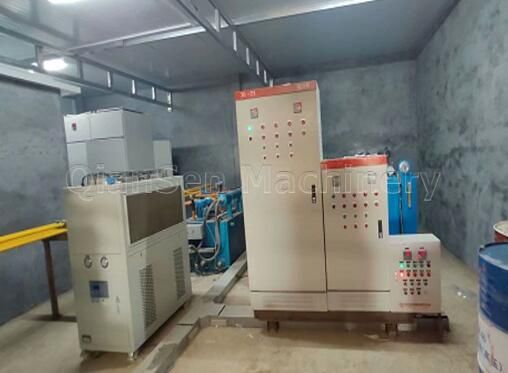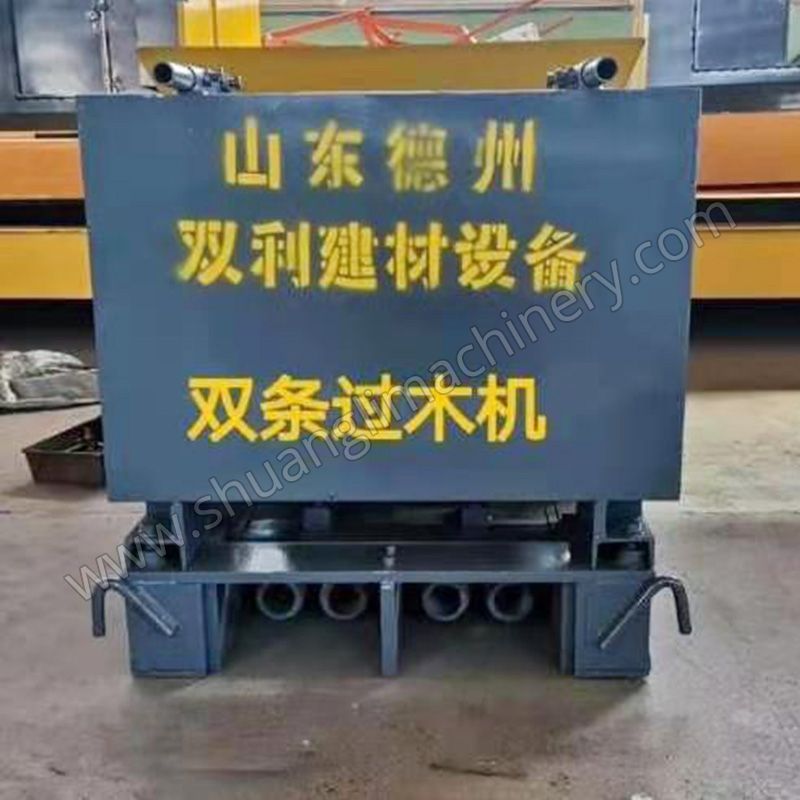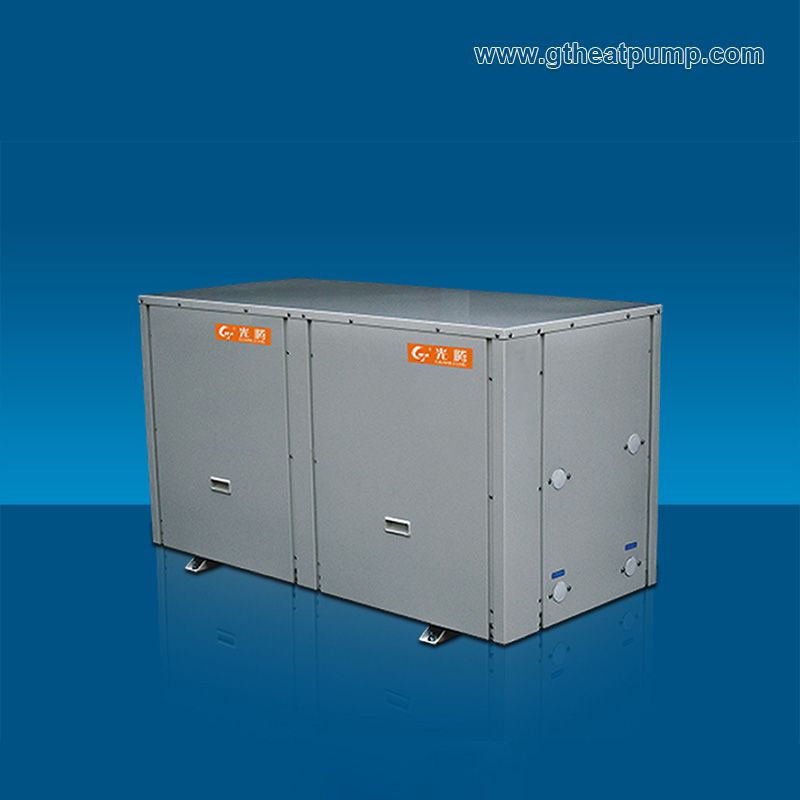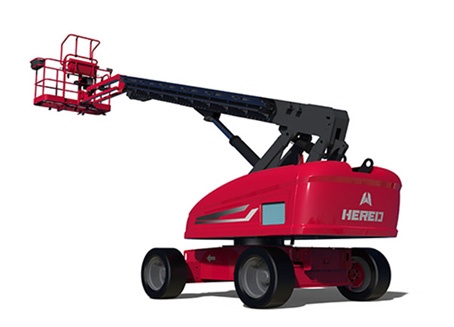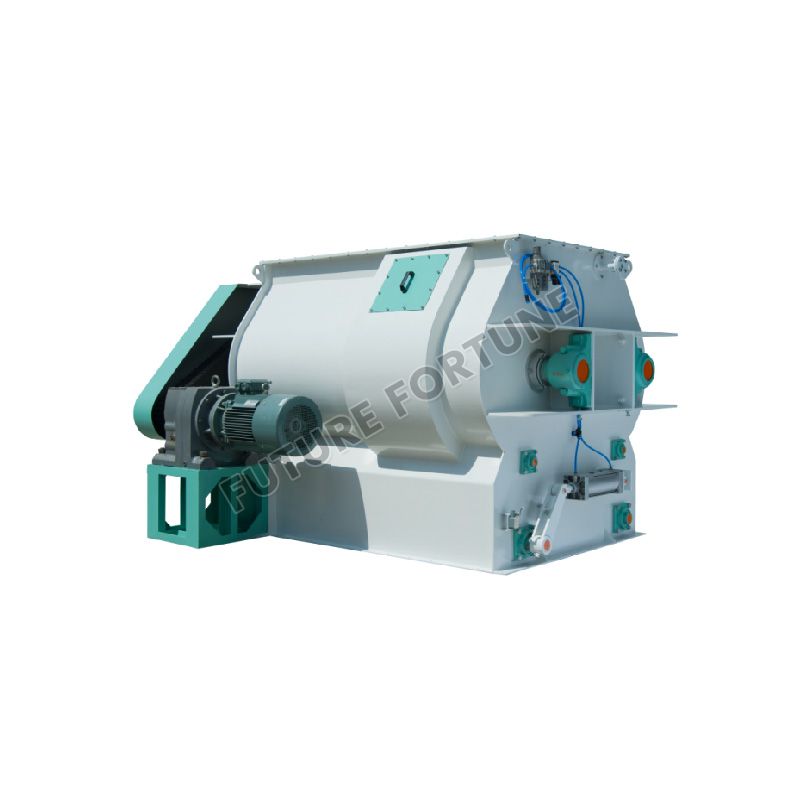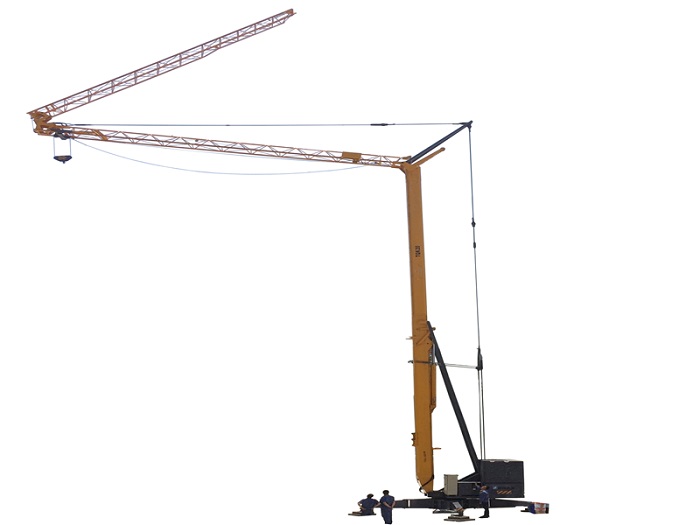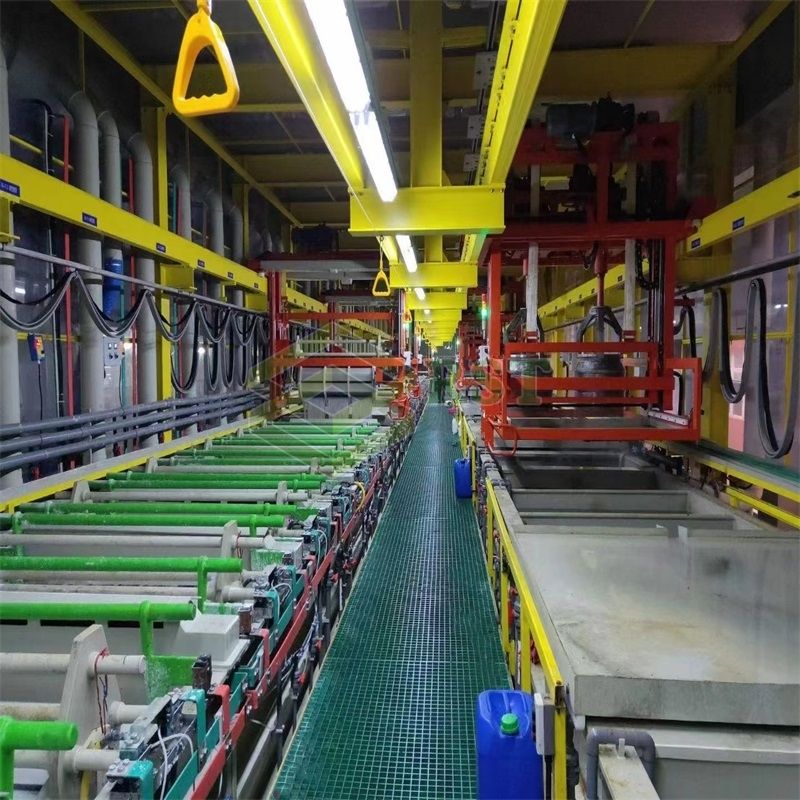Why Do Those Who Make Machinery Have to Go to a Workshop?
Getting off the workshop is actually a necessary stage that a robot cannot avoid. Just like socialism is the primary stage of communism, it is a process.
As a mechanical major student, we often hear teachers (who may have never done it themselves) and seniors say: You must go to the workshop more. Without experiencing the training in the workshop, you cannot mature and make progress.
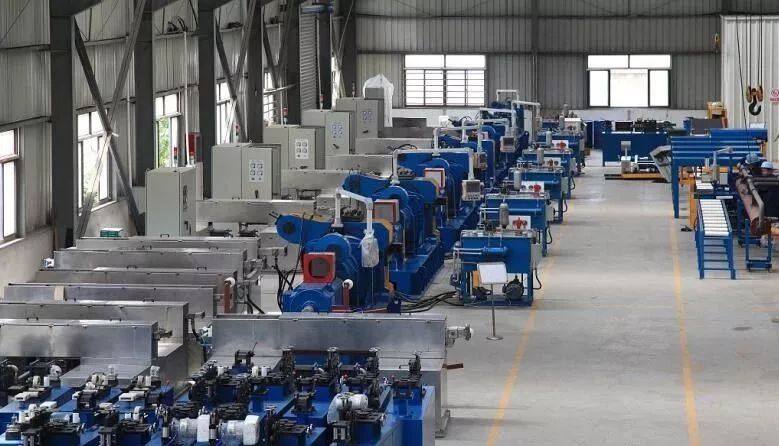
It seems that a design engineer who has never been in a workshop is like a newlywed who got married without falling in love. There is no reliable foundation at all. So today, as someone who has been there, I want to talk about why we go down to the workshop and what we do there?
What does the workshop look like?
In the eyes of most people, the workshop is just the roar of machines, with oil stains everywhere on the floor and walls. The old equipment and numb workers are mechanically doing the same processing work. The only thing that can find some life is the slight trace on the wall. A few encouraging slogans, not painful but full of dust, as if it has never been cleaned, and there seems to be no need to clean it, because there are dirtier places everywhere, but it seems so clean. stand up.
In your mind, it seems that you can’t find a worse working environment than here. It’s hard to accept even just looking at it, let alone working in this environment for a few years. If you are unlucky, you may have to work for a lifetime. What kind of self-punishment is that? There is a thought of doubting life flashing in my mind: God, what did I do wrong?
Imagine those promotional videos of Internet companies, lofty offices, and the most shameful thing is that they also have gyms and cafes. The computers are all equipped with the latest configurations, the seats have rotating and folding functions, and your favorite books are always placed on the desk. Flowers and favorite toys. What’s even more outrageous is that some companies allow you to bring pets to work. This is not working, it’s clearly on vacation. Some bosses are so perverted that they can let you go to work at any time. You are here to do charity. Yes.
To a large extent, the workshop has become a nightmare for contemporary college students. It is a place of inner resistance. Even many people who are willing to engage in or are currently engaged in the machinery industry hate the workshop and avoid it.
In fact, we still need to have a deeper understanding of this industry. Although modern manufacturing companies have certain gaps in their working environment and industry treatment compared with many Internet companies, with the advancement of technology and Industry 4.0 With the accelerated popularization, many companies have made unprecedented progress in automation and intelligence.
Modern factories, clean and bright constant-temperature workshops, and busy but industrious robots have largely replaced manual operations. Workers have greatly improved both in terms of labor intensity and working environment. They are more like He is a driver who operates intelligent equipment and handles everything that seems complicated easily and professionally.
And this is definitely a major trend in the future, and it is inevitable for the development of manufacturing enterprises. The factories that many college students visit during their internships and traineeships are mostly old and dilapidated enterprises.
That's because your school can only contact such companies due to resource constraints, or in other words, only these companies without much technical content will be moderately open to you, while many high-end automation companies are confidential because of their technology. Guanxi is not open to outsiders, even employees of his unit, and those without authority and work needs are not allowed to enter.
Many Industry 4.0 companies have similar regulations. Because of the production layout and process flow, for many professionals, they can learn everything at a glance, but those who are the first to tackle these technical and process problems are Companies and teams spend a lot of manpower and material resources to solve key problems, and others can easily learn from them. This is obviously uneconomical and not allowed.
For example, in Japanese companies, when I was chatting with a Japanese screw rod and linear rail sales engineer, I asked what level of automation the Japanese companies in the same industry had achieved. He said that when they talked with customers in Japan, the customers They are simply not given the full picture of the project.
He only talks about the area he is responsible for. Entering their company also requires specific approval. Photography and videography are not allowed. There is a special person watching your behavior. (The Japanese speaks Mandarin really well. Chinese is such a difficult language to learn. , they said it so hard that I couldn’t tell that he was Japanese, so we Chinese still have to work hard, success does not come overnight).
It’s too far gone. It’s all gone to Japan. Let’s go back to our original subject: why do you want to get out of the workshop and what are you going to do? This is a confusion for many people. I will explain it mainly from two aspects. This is also my personal question. experience.
What do you need to learn?
The first is a mechanical processing workshop. What do you need to learn about mechanical processing?
1. Familiar with the processing capabilities and processing scope of various processing equipment
The equipment we usually see in ordinary workshops such as lathes, milling machines, planers, grinders, boring machines, drilling machines, laser cutting, wire cutting, etc., what processes are they used for, and what is their processing accuracy?
Additional resources:How Do I Choose the Right Low-Pressure Injection Molding Machine for My Needs?
Air-Cooled Screw Condensing Units
What Is an Excavator Vs Backhoe?
How Does an Induction Brazing Machine Work?
What is Common Blow Molding Problems and Solutions?
Why is a Thermal Inkjet Printer a Popular Choice for Small Businesses and Home Offices?
The Advantages of Double Head CNC Lathes
What is the state of the cutting-edge technology of these devices (you can easily learn it from the Internet), what state and level is your factory in, what is the state and level of your city, and this industry? , these are very useful for your future product design.
2. Familiar with product processing technology
For example, how the processing procedures are arranged, what kind of tools and fixtures are required for each process, and how the processing parameters of the equipment are adjusted.
Whether the processing accuracy is consistent with the drawings, how to check whether the processed workpiece is qualified, what kind of inspection tools to use for inspection, etc. These issues need to be thought about and accumulated. This is also the basis and common sense for your future designs.
3. Learn how to operate processing equipment
Although you don't need to be very proficient, you must know how this thing operates and think about how the structure of these devices is handled.
If you were to design these equipment, how would you deal with it? Is there a better structure and processing method than the current one? During the use of the equipment, you will discover the shortcomings and advantages of the equipment, and then absorb and transform them into your own capabilities.
What do you need to know in the assembly workshop?
If you are in a mechanical assembly workshop, what should you learn?
1. Product assembly process
Carefully analyze how a product is operated from scattered parts to molding equipment, what are the assembly processes, what are the operating procedures, and what kind of assembly tools are needed.
What kind of inspection tools are needed, what kind of assembly tooling is needed, what kind of assembly skills are needed, what kind of inspection rules and processes are needed, etc. This will be of great benefit to your future design.
2. Use and operation of various assembly tools
For example, the use of electric hand drills, the use of scrapers, the use of dial indicators, the use of square rulers and squares, the use of levels, the use of laser interferometers, etc.
The use of these tools allows you to establish a sufficient rational understanding of a product. In your future product design career, no matter what kind of part design it is, you can habitually form your own style and fully understand the assembly process. process without the embarrassment of assembly interference or errors.
3. Learn to operate various CNC systems
As a design engineer, although there are rigid regulations on the use of the operating system of the device, if you can skillfully use various operating systems, it will undoubtedly be a very good skill for you, because during the process of debugging and inspection, Operations on the operating system are unavoidable.
The operating systems we currently use are: FANUC system, Siemens system, Mitsubishi system, Huazhong CNC, Guangzhou CNC, Kanedi CNC, etc. In fact, the operating methods of these operating systems are similar, and there is no difference between them. You can quickly learn another one and know everything about it.
4. Have a deeper understanding of the role of each functional component and parts in the assembly process and the assembly process
And avoid some wrong structural processing and selection misunderstandings in future designs. Mechanical design engineers who have not experienced assembly sites are indeed unqualified design engineers.
This is very similar to Zhao Kuo's talk on paper. For many things, the gap between the assembly site and the theory is very big. In other words, in reality, your design is simply impossible to realize, or the assembly is too difficult. Too big, or simply impossible to assemble, etc.
5. Learn the ingredients of “matching” in the assembly process
The assembly process is not a pure "installation" process, but also involves a "matching" process. For example, the accuracy and contact of the guide rails, the installation and positioning of the screw rods, etc. all require on-site matching accuracy, and among them If you don’t have personal experience with technology and processes, you won’t be able to complete and learn them. Your structural processing in the design process will also have corresponding hidden dangers.
In fact, being in the workshop is the accumulation of a foundation. A tall building rises from the ground, and everything is awesome depends on the foundation. Getting off the workshop is a process of laying the foundation, a process of taking root, and a process of accumulation. Only by laying this foundation well , only when you have deep roots and sufficient accumulation can you complete more and better products.
Outranking the Article on China Valve: Enhancing Valve Quality and Reliability
How to use the pipe tapering machine?
What is a CNC Lathe Machine and How Does It Differ From a Conventional Lathe?
What Are The Benefits of Using Induction Pipe Bending Machine?
What are the advantages of using a lithium battery laser welding machine for battery pack assembly?
What is the purpose of the beading machine?
Discover Efficiency and Precision with our Low-Pressure Injection Molding Machine





